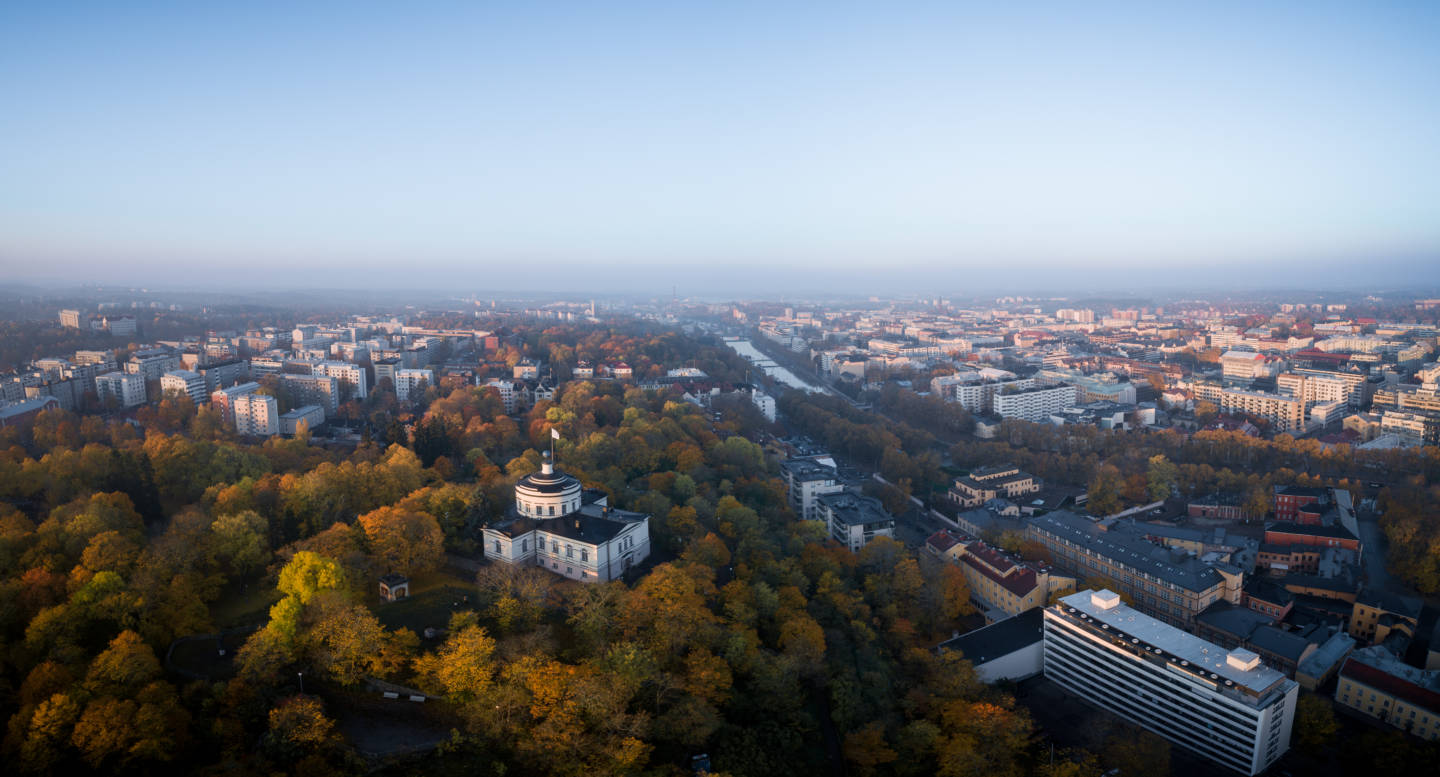
Built environments
Built environments, such as urban centers, industrial areas, and areas modified for transportation needs, cover only about 3.5 percent of Finland's surface area, but up to 6 percent of known species utilize these environments as their primary habitats.
Indicators of the built environment are still under development.
Diverse built environments
Built environments are a varied and interpretation-dependent habitat. Typically, built environments refer to all urban centers and industrial areas, as well as their immediate surroundings. Additionally, areas modified for transportation needs, such as roads, ports, and airports, are included. In Finland, such environments are estimated to cover about 1.4 million hectares, or 3.5 percent of all habitats.
Although built environments are characterized by human activity that significantly alters the landscape and conditions, there is also a lot of valuable original nature in and around urban areas, the preservation of which could be endangered by the expansion of built areas.
Many species thrive in gardens and parks
The proportion of species in built environments is six percent of the species examined. This is significantly more than would be expected based on their area share. Of the species in built environments, 44% are found in parks, yards, and gardens. Ruderal areas, road verges, railway embankments, and gravel pits account for another 42% of the species. The remaining 9% of species are found in various buildings and structures.
Parks, yards, and gardens are ecologically diverse environments. They provide a secondary habitat for many demanding species, such as beetles and fungi, as well as butterflies and wasps. Ruderal and transportation areas are important habitats especially for insects, such as butterflies, beetles, wasps, and dipterans. These environments also support many vascular plants and fungi. The species found in buildings primarily consist of beetles, butterflies, fungi, and lichens. Ditches and other excavations predominantly harbor mosses, but also vascular plants and dipterans.
The number of species in cities and towns is often higher than in surrounding rural areas and the countryside. This high species diversity is thought to be due to the diversity of habitats in these areas, as well as abundant and recurrent disturbances caused by human activities, which maintain the early stages of succession. Additionally, urban environments typically have many introduced species.
The species that thrive in built environments are not entirely safe either, as intensification of land use, consumption, and increasing nutrient loads threaten these species as well.
Built environments are found nearly throughout our country, but their share is most significant in Southern Finland. In Uusimaa, built environments comprise 14.2% of the area excluding marine areas, and in Southwest Finland, 10.2%. In the areas of Inari and Enontekiö in Lapland, the corresponding share is 0.3%.